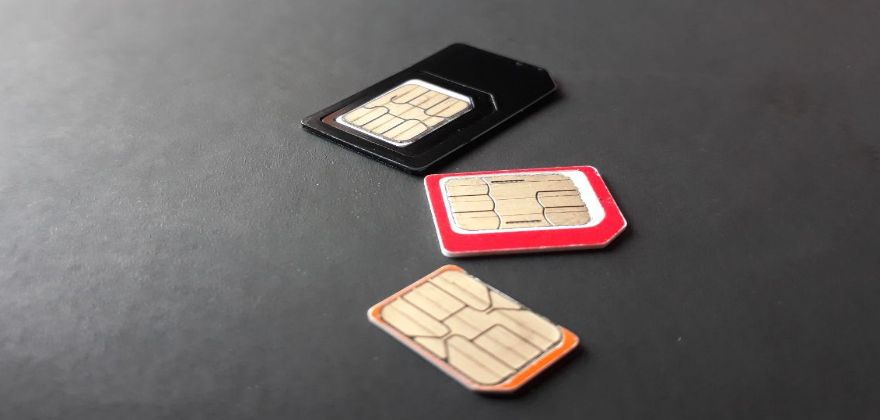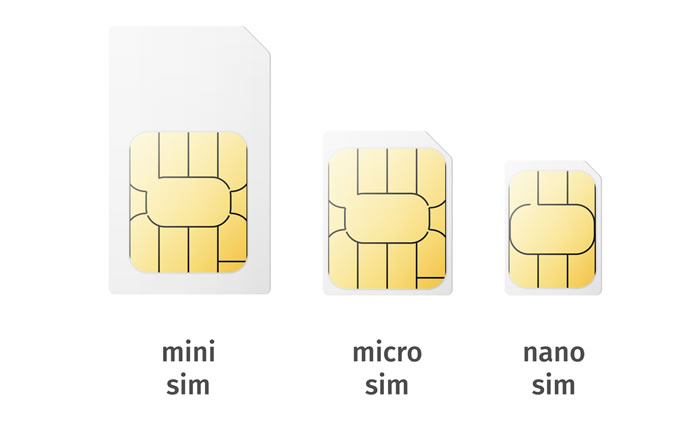Micro Vs Nano: Differences You Should Know

Arduino is one of the best platforms you can use for building circuits or working on various projects for educational purposes. Depending on the requirements of your project, you can select from a variety of boards on this platform. In order to make products more efficient and compact, micro and nanotechnologies both aim to reduce their size. But they differ greatly from one another. Please read on for more information about micro and nano.
What Is Arduino Nano?
The Arduino Nano is a small board that fits easily on a breadboard, reducing the overall project size. The Arduino Nano is almost identical to the Arduino Uno in that it uses an ATmega328p controller from the ATMEL family.
The Arduino Nano provides users with 8 pins for connecting analog devices and 22 pins for connecting digital devices. Six of the 22 digital pins, also referred to as PWM pins, can be used to provide input to devices in the form of pulses.
The Arduino Nano has a static RAM of 2 kilobytes, 1 kilobyte of EEPROM, and 32 kilobytes of flash memory, just like the Arduino Uno. In other words, we can say that Arduino Nano is the scaled-down version of Arduino Uno that you can use to create smaller, more manageable projects.
What Is Arduino Micro?

The Arduino Micro is your best choice if you’re searching for an Arduino board with features that are comparable to those of the Arduino Leonardo. The ATmega32u4 controller, which is also included with the Arduino Leonardo, has 32-kilobyte flash memory, a 1-kilobyte EEPROM, and a 2.5-kilobyte static RAM.
Users of the Arduino Nano have access to 20 digital device connection pins and 7 analog device connection pins. In between the 20 digital pins, there are 7 that you can use for giving input to the devices in the form of pulses also known as PWM pins
The Arduino Micro and Arduino Leonardo are similar in that both have built-in USB ports that can be used to connect to computers as peripherals.
Though it lacks the power jack for an external power source, we can sum up by saying that the Arduino Micro is the smaller version of the Arduino Leonardo. However, we can use the Vin pin on the Arduino Micro to connect it to an external power source.
Arduino Nano Vs Arduino Micro
Further, we have given a brief comparison in the tabular form below that is based on the technical specification of both boards:
- The Arduino Micro board, on the other hand, can be easily mounted on a breadboard and is usable. The Arduino Nano board has an onboard USB to the connector and serial chip.
- The Arduino Nano board has 14 digital I/O pins, compared to the Arduino Micro board’s 20, of which 8 are used as analog inputs and 6 are used as PWM outputs, with the Arduino Micro board having 20 digital I/O pins.
- A power jack that can be used to quickly charge the Arduino Micro board is included with the board. The USB jack is used to power the Arduino Nano board because it lacks a power jack.
- The Arduino Micro board communicates using the AVR109 protocol. The Arduino Nano board, on the other hand, makes use of the STK500 protocol for communication.
- The Arduino Nano board’s small size makes it the board of choice for projects where board size is important and taken into consideration. The Arduino Nano is thought to be the best option in terms of size and weight when the project’s requirement is to reduce weight.
- When compared to other Arduino boards, the power supply for the Arduino Micro board is provided through the DC jack, and this board consumes a lot less power overall. Since it lacks a jack, the Arduino Nano board obtains power through a mini USB port.
- When compared to the Arduino Nano board, the microcontroller on the Arduino Micro board is significantly superior. When compared to the ATMega328 microcontroller used in the Arduino Nano board, the ATMega32u4 microcontroller used in the Arduino Micro board performs better.
- Price-wise, the Arduino Micro board is less expensive than the Arduino Nano board. The cost of the board is primarily driven by the larger RAM size used in Arduino Nano boards.
- Both boards have a 24 MHz clock cycle, but the Arduino Nano board’s clock cycle can be increased to 20 MHz for better performance.
Conclusion
The Arduino Micro board and Nano board share a similar type of architecture as well as the same kind of software and programming language.
Numerous industries, including those in the information technology, automotive, healthcare, textile, and agricultural sectors, use nanotechnology. Many governments, academic institutions, and businesses from all over the world are spending a lot of money on nanotechnology research because it is predicted to be the next industrial revolution.
You can now select the one you prefer after reading this article about the distinctions between micro and nano.



